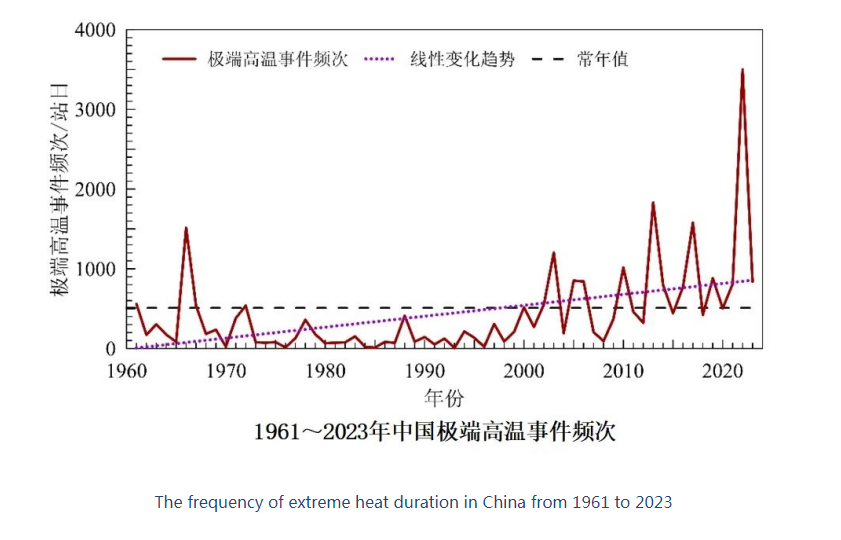China’s food security faces a new challenge – a prolonged heatwave. The China Meteorological Administration (CMA) warned that eastern, central, and southern regions could experience scorching temperatures throughout July. This follows a summer of extreme heat in 2023, raising concerns about staple crops like rice and cotton.

Temperatures in regions like Zhejiang, Jiangxi, Hunan, Fujian, Guangdong, Guangxi, Gansu, and Ningxia are expected to be 1-2 degrees Celsius (1.8-3.6 degrees Fahrenheit) above average.
The CMA isn’t calling this heatwave an isolated event. Instead, they directly attribute it to climate change, which is causing a rise in the frequency of extreme weather events. This includes scorching summers, intense rainstorms, and increasingly unpredictable weather patterns.
Record-breaking temperatures in June hit key grain-producing areas in the northwest and east. Corn planting faced delays, while heavy rain flooded soybean and rice fields in other regions.

The CMA’s annual “Blue Book” paints a grim picture of the future for China, predicting that maximum temperatures across the country will rise by 1.7-2.8 degrees Celsius (3-5 degrees Fahrenheit) within the next 30 years. Eastern China and Xinjiang are expected to be hit hardest by this warming trend.
The weather bureau also predicts two typhoons making landfall in mainland China this July, potentially bringing further disruption.

While extreme weather is wreaking havoc on crops in China, it’s not the only country suffering. Scorching temperatures and below-average rainfall are now plaguing vast swathes of farmland across Russia, India, and the United States as well. This dangerous combination is squeezing global food supplies, which is in turn driving prices up.
Reference- Reuters Article, National Geographic, China Meteorological Administration (CMA) website, China Post






